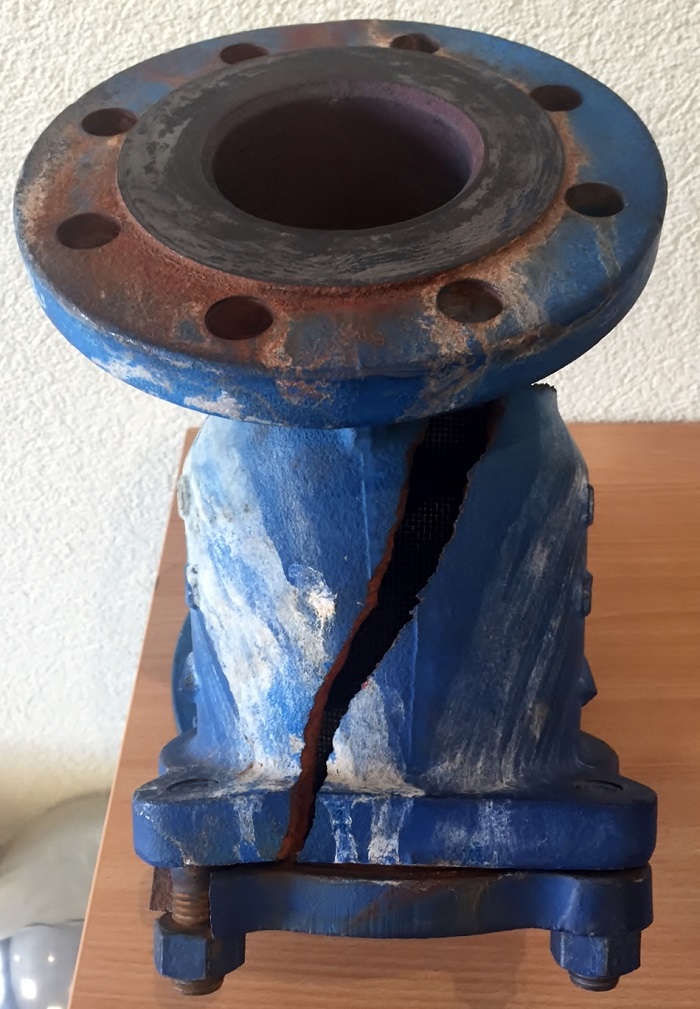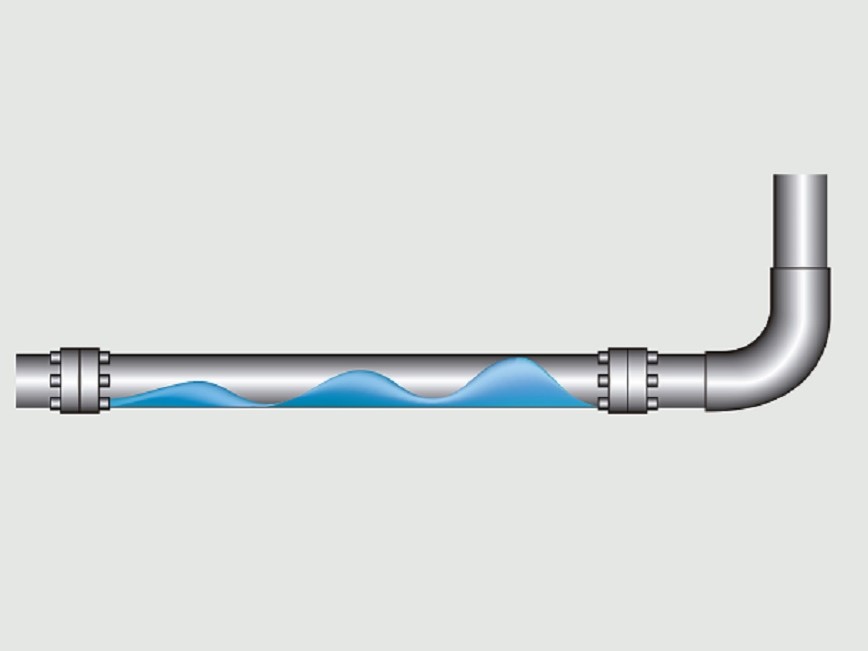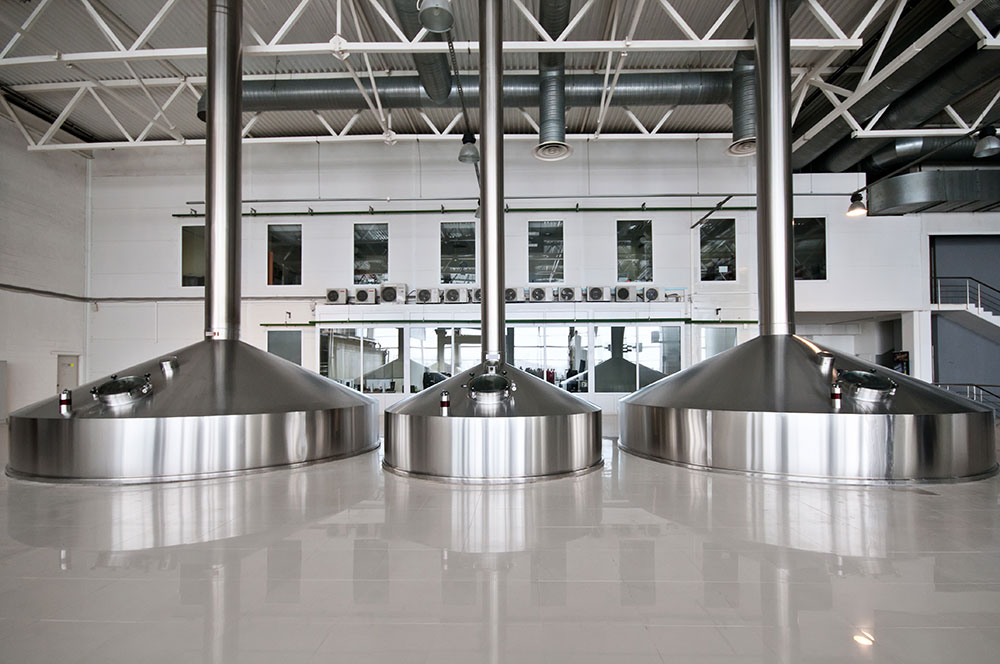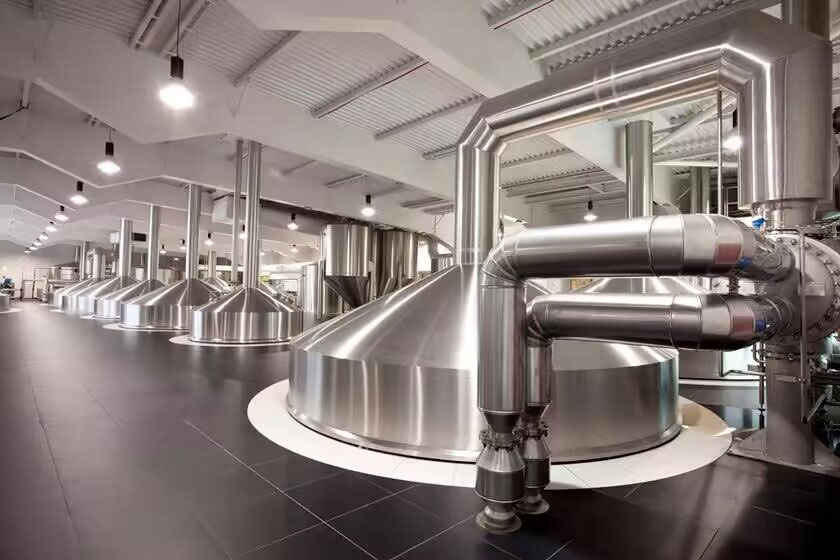Water is an essential element for breweries, typically comprising 90% to 95% of the content. This article aims to address potential safety hazards that may arise from water due to improper equipment configuration or non-standardized valve usage during the brewing process.
It has been observed that water pipes in residential buildings can experience shaking when opening and closing, commonly known as water hammer. It is important to note that the water hammer experienced in a brewery is different from the hydraulic water hammer, which is caused by steam.
The gas flow rate under pressure is high, reaching 15-40 m/s in different tubes. In the presence of any undischarged water in the steam line, even a small droplet, the high-velocity steam flow can generate enough kinetic energy for the droplet to cause a water hammer at various points along the pipe, including the elbow, closed valve, end of the pipe, and steam throttling device (such as a control valve). In some instances, the rapid movement of water droplets may result in a forceful impact that could potentially harm the pipeline and cause damage to the brewery.

To address this issue, it is important to verify that there is no water in the line. The condensate in the steam lines is mainly due to the condensation of water vapor during the cooling process, and the brewery needs to drain the condensate in the pipes both before and after using the steam. For this reason, our beer equipment lines are angled rather than horizontal, allowing the condensate to gather at low points where traps can be installed. Steam traps are valves commonly used in steam pipe networks and equipment to automatically discharge condensate and prevent water vapor leakage.

However, in addition to water retention, improper operation can form a water hammer and damage the pipeline. If the pipes are fully opened at once without preheating before starting the steam heating, the steam will rush to the cold pipes and quickly form condensate. The amount of condensate continues to increase, creating condensate surfing. This condensate continues to flow at high speed until it suddenly encounters an elbow or valve that changes its direction. Water hammer occurs when condensate suddenly “brakes” due to a passive change in flow direction. Pipes, valves, elbows, flanges, instruments, and heat exchange equipment may be deformed or damaged by the impact of a water hammer. Therefore, the winemaker must pay attention to the pipe’s preheating and the valve’s control when brewing.
If the brewery has a high degree of automation, it may be possible to pre-program these procedures and conduct regular checks.
And if there are any inquiries regarding brewing equipment, please do not hesitate to reach out to us.


